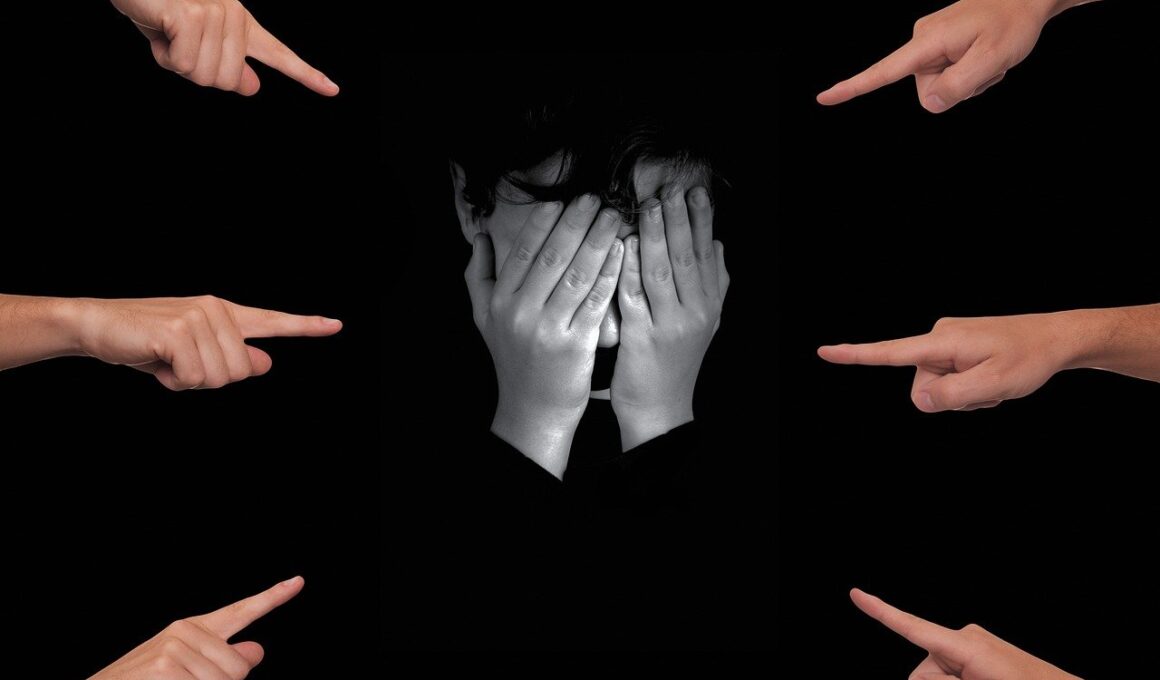Training Techniques to Ease Separation Anxiety in Dogs
Separation anxiety in dogs can be a distressing issue for both pets and their owners. Understandably, dogs thrive on companionship, and being left alone can lead to severe behavioral problems. Owners often notice signs of anxiety through excessive barking, destructive behavior, or soiling in the house. When addressing this issue, it’s essential to approach training patiently and consistently. You can start by gradually getting your dog used to alone time. This can be achieved by leaving them alone for just a few minutes and gradually increasing the duration as they become more comfortable. Additionally, creating a safe space for your pet can help ease their anxiety. This space should feel secure and comfortable, filled with their favorite toys and bedding. Establishing a daily routine is crucial for dogs suffering from separation anxiety, as predictability can bring comfort to them. By breaking down training into manageable steps, owners can work toward reducing anxiety without overwhelming their pets, and provide guidance as they navigate their feelings and reactions.
Desensitization Techniques
One effective method to combat separation anxiety is through desensitization techniques. Desensitization involves exposing your dog to being left alone in small increments. Initially, you can start by leaving your dog alone for a brief period, gradually extending the time you are away. It is crucial to ensure that your departure and return are low-key to avoid increasing your dog’s anxiety. This means that you should not make a fuss when you leave or when you return, as overreacting can create a stronger association with anxiety. While you’re away, consider providing your dog with engaging toys, such as puzzle feeders, to keep them preoccupied. Incorporating a specific item that carries your scent can offer comfort to your dog, making them feel more secure in your absence. Also, practice these short departures multiple times a day, reinforcing calm behavior when your dog remains relaxed during your absence. Consistency is key to this process, as this will help your dog gradually learn that being alone is a perfectly normal part of their daily life.
Another valuable training technique involves crate training, which, when done correctly, can create a feeling of security for your dog. Many dogs see their crate as a safe haven. To introduce your dog to a crate, start by making it a positive experience. Place treats, toys, and comfortable bedding inside the crate to encourage your pet to explore and enjoy spending time in there. Begin with short periods of confinement while you’re nearby and gradually increase the duration. This gradual approach helps your dog associate the crate with positive experiences instead of seeing it as a punishment. When you start leaving the house, put your dog in the crate for short intervals to help develop comfort. It’s essential to ensure that your dog has gotten enough physical and mental exercise before crating them to reduce restlessness. When your dog displays calm behavior in their crate, reward them with praise or treats. Doing so reinforces their positive behavior and can significantly help in alleviating separation anxiety over time.
Counter Conditioning
Counter-conditioning is another effective training tool that can help shift your dog’s emotional response to being left alone. The foundation of counter-conditioning is to change how your dog feels about being alone. Start by creating positive associations with your absence. You might play soothing music or leave a specifically comforting item when you depart to create a calming atmosphere. Moreover, you can encourage your dog to engage with their favorite toys during this time. Another simple yet effective method involves feeding your dog a special treat or stuffing a toy with peanut butter to keep them occupied while you’re away. This not only diverts their attention, but it also creates a sense of excitement about being left alone. Over time, as your dog begins to associate being alone with positive experiences, their anxiety levels will likely lessen. Introducing these techniques can create a more relaxing and less stressful environment for both you and your pet, transforming the departure and return process into a more seamless experience.
Beyond specific training techniques, incorporating structured routines plays a significant role in reducing separation anxiety. Dogs thrive on routines and knowing what to expect throughout the day can provide a sense of security. Regular feeding times, scheduled walks, and designated playtimes contribute to predictability in a dog’s life. Engaging in mental stimulation before leaving can also help. Interactive toys or puzzle games can keep a dog’s mind occupied, making them less focused on your absence. Post-walk relaxation time can further reinforce a calm atmosphere. When you consistently provide these structured activities, it sets a standard, helping the dog adjust and become accustomed to your absence. You may also want to consider training methods that combine positive feedback and relaxation techniques. For instance, practicing relaxation exercises, such as lying down quietly on command, can further support their ability to settle during your absence. By integrating structured routines into your dog’s daily life, you can help mitigate their anxiety, making your departures less stressful for both of you!
Professional Help and Support
In some cases, particularly severe separation anxiety may require professional assistance. Consulting with a veterinarian or a certified dog behaviorist can provide additional strategies that are tailored to your dog’s specific needs. A professional can assess the situation and may recommend additional interventions, including behavior modification programs or even medication, in extreme cases. Medication can be particularly helpful when combined with training techniques to optimize the chances of success. Before considering medication, ensure you have tried various training strategies and that they haven’t provided sufficient results. It’s essential to remember that overcoming separation anxiety can take time and commitment, and having support from professionals can make the process more manageable for both you and your pet. Additionally, participating in dog training classes can create socializations that help address anxiety in the presence of other dogs and people. Combining these resources maximizes the opportunity to cultivate a calm and confident dog that feels more secure when alone and enjoys their time by themselves.
In conclusion, managing and alleviating separation anxiety in dogs requires a multi-faceted approach that combines desensitization, counter-conditioning, structured routines, and potentially professional assistance. Through consistent practices, owners can significantly reduce anxiety levels and create a more peaceful environment, both for their dogs and themselves. Starting with small, manageable steps, like brief separations, helps build confidence and resilience in pets as they learn to cope with being alone. Providing them with special toys, safe spaces, and incorporating positive routines can foster a sense of calm. Remember to stay patient and celebrate small victories along the way. Training takes time, and every dog learns at their own pace. By understanding your dog’s unique needs and employing these training techniques, you can pave the way for a happy and secure pet that thrives in your company and feels safe even when you’re away. The ultimate goal is to foster a trusting relationship where your dog can feel comfortable during your absences, making it a rewarding experience for both of you.


